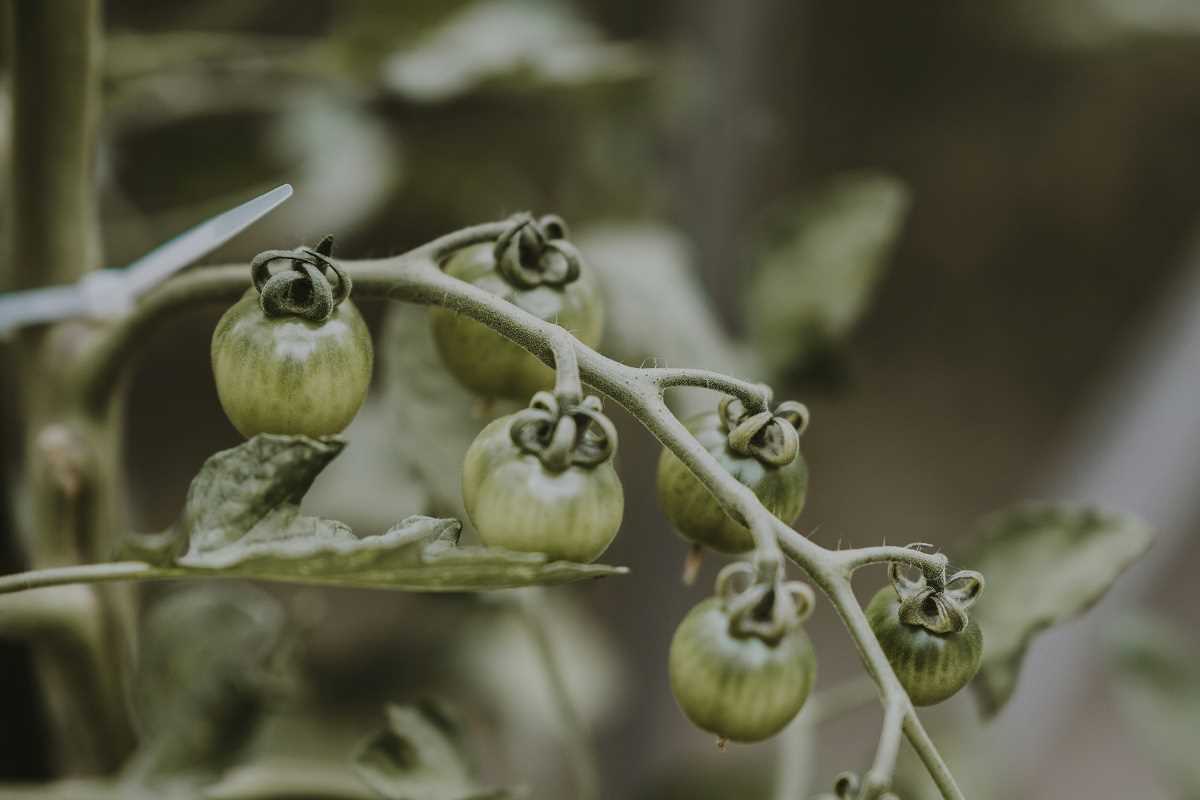Stepping outdoors can reveal a hidden pantry filled with nature’s flavorful offerings. For those who care deeply about the environment, wild foods offer a thrilling chance to bond with nature while savoring ingredients that are both nutritious and full of flavor. By stepping away from the typical grocery store aisles, you open yourself up to the adventurous world of wild foods, encouraging you to discover the abundant and generous offerings that the natural world presents. This exploration not only enriches your palate but also deepens your appreciation for the environment and its untamed treasures.
Wild foods add variety to your meals and offer a sense of adventure and sustainability. Foraging allows you to reduce your carbon footprint, support biodiversity, and incorporate fresh, seasonal ingredients into your diet. Let’s dive into the world of wild foods and uncover the myriad benefits they bring to both your plate and the planet.
Understanding Wild Foods
Wild foods consist of edible plants, fungi, and other natural resources that grow without cultivation. These foods flourish in their natural habitats, often in areas untouched by modern agriculture. Unlike cultivated produce, people harvest wild foods from their native environments, making them a sustainable and eco-friendly choice.
- Wild berries like blackberries and raspberries
- Edible greens such as dandelion and nettle
- Wild mushrooms like chanterelles and morels
- Foraged nuts, including acorns and hazelnuts
- Herbs like wild mint and thyme
The Benefits of Foraging
Foraging for wild foods offers numerous advantages that span ecological and personal health benefits. By tapping into nature’s pantry, you engage in a practice that supports both your well-being and the environment.
- Environmental Sustainability: Foraging promotes the use of local and seasonal resources, reducing the need for long-distance transportation and packaging associated with store-bought goods.
- Enhanced Nutritional Value: Wild foods often contain higher levels of vitamins, minerals, and antioxidants compared to cultivated counterparts, contributing to a more nutrient-dense diet.
- Biodiversity Support: Sustainable foraging practices help maintain plant diversity and ecosystem health, ensuring that wild populations remain robust.
- Cost-Effective: Wild foods are typically free or low-cost, making them an economical addition to your meals.
- Connection to Nature: Foraging encourages a deeper appreciation for the environment, promoting a more mindful and sustainable lifestyle.
Getting Started with Wild Food Foraging
Embarking on your foraging journey is easier than you might think. Start by familiarizing yourself with the local flora and understanding the seasons in which different wild foods are available. Invest time in learning to identify edible plants accurately to ensure a safe and fruitful foraging experience.
For beginners looking to explore wild foods, consider joining local foraging groups or taking guided tours to gain hands-on experience. Carrying a field guide or using smartphone apps can help you quickly identify plants and understand their uses. Remember, patience and practice are key as you develop your foraging skills.
Safety Tips for Foraging
- Proper Identification: Always ensure you can accurately identify a plant or mushroom before consuming it. When in doubt, consult an expert.
- Avoid Polluted Areas: Steer clear of foraging near roadsides, industrial sites, or areas treated with pesticides to prevent contamination.
- Sustainable Harvesting: Take only what you need and leave enough for the plant populations to thrive and regenerate.
- Know Local Regulations: Be aware of any foraging laws or restrictions in your area to respect protected species and private property.
- Use Gloves: Protect your hands from thorns, irritants, and potential allergens by wearing appropriate gloves during foraging.
Recipes and Culinary Uses
Incorporating wild foods into your culinary repertoire can add unique flavors and nutritional boosts to your meals. One simple way to start is by making a wild berry jam. Combine freshly foraged berries with a touch of honey and lemon juice, then simmer until thickened for a delicious spread that captures the essence of summer.
Another delightful option is to create a hearty wild greens salad. Toss a mix of dandelion, nettle, and wild mustard greens with olive oil, balsamic vinegar, and your favorite toppings like toasted nuts and goat cheese. This salad not only bursts with flavors but also packs a powerful nutritional punch, making it a perfect addition to any meal.
Foraging enriches meals with fresh, natural ingredients while promoting sustainability. Embrace wild foods today to enjoy their unique flavors and benefits.
 (Image via
(Image via





